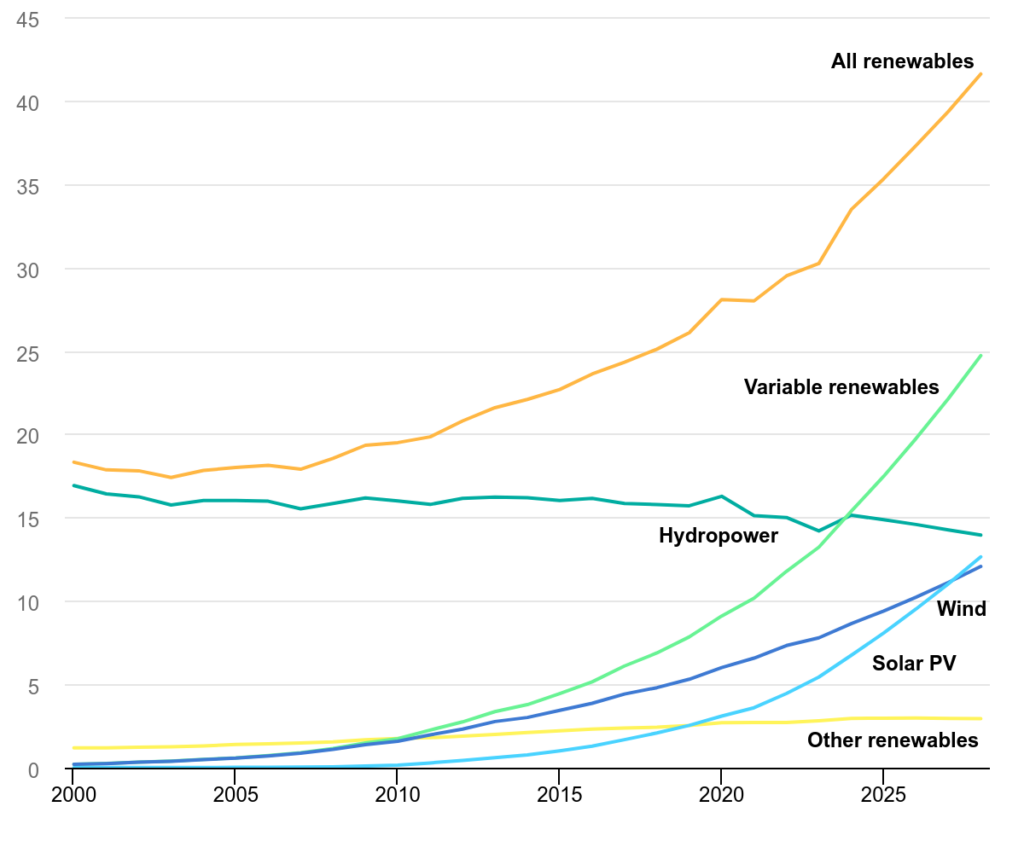Safety considerations, operational challenges, and the increasing importance of sustainability in the market are all strong factors in driving the demand for ester-based transformer oils.
Transformer oils, which are used for insulating and cooling the transformer, are generally produced from mineral oils. More recently however, the market has been slowly shifting towards ester-based transformer oils. There are three strong factors driving this transition, safety considerations, operational challenges, and sustainability.
Safety Considerations
In terms of safety considerations, ester-based transformer oils are used in applications that include train power converter transformers or where indoor or underground transformers are required, such as in substations where the fire risk associated with mineral oil-based transformer oils can be mitigated.
Projects in remote locations with difficult or challenging access, for example offshore and onshore wind power sites, are driving the demand for ester-based transformer oils regarded as superior quality than mineral oil-based transformer oils.
Operational Challenges
As demand for renewable power generation grows, the pressure for ester-based transformer oils is also expected to increase. According to research by the IEA, there will be more renewable capacity added in the next five years than has been installed since the first commercial renewable energy power plant was built more than 100 years ago.

IEA (2024), Share of renewable electricity generation by technology, 2000-2028, IEA, Paris https://www.iea.org/data-and-statistics/charts/share-of-renewable-electricity-generation-by-technology-2000-2028, Licence: CC BY 4.0
Nearly 3,700 GW of new renewable capacity will come online over the 2023‑2028 period. This means that by 2028, renewable energy sources will account for over 42% of global electricity generation, with the share of wind and solar photovoltaic doubling to 25%. This is expected to create a huge demand for transformers, which in turn is expected to create huge demand for ester-based transformer oils.
Sustainability
Environmental, Social and Governance (ESG) goals are also driving the demand for ester-based transformer oils. Power companies and multi-national organizations have approved the use of natural ester-based transformer oils in their distribution transformers. This trend is likely to continue as utilities focus on reducing their carbon emissions.
Growth opportunities
Currently, ester-based transformer oils have less than 5% share in the overall transformer oils market, which means there is a huge growth opportunity available for suppliers to tap into.
Clearly, the transformer oils market is expected to undergo rapid change as safety considerations, the shift towards renewable power generation, and the ESG goals of power companies lead to rapid adoption of ester-based transformer oils.
Kline’s Transformer Oils: Global Market Analysis and Opportunities study covers these key trends and more. A comprehensive analysis of the global market for transformer oils, this study is a must-have for anyone looking to explore potential business opportunities around the developing transformer oil market.
The study provides an examination of global business opportunities in mature and emerging markets, new product developments, and channels to market and includes an unbiased appraisal of market trends and emerging applications.

